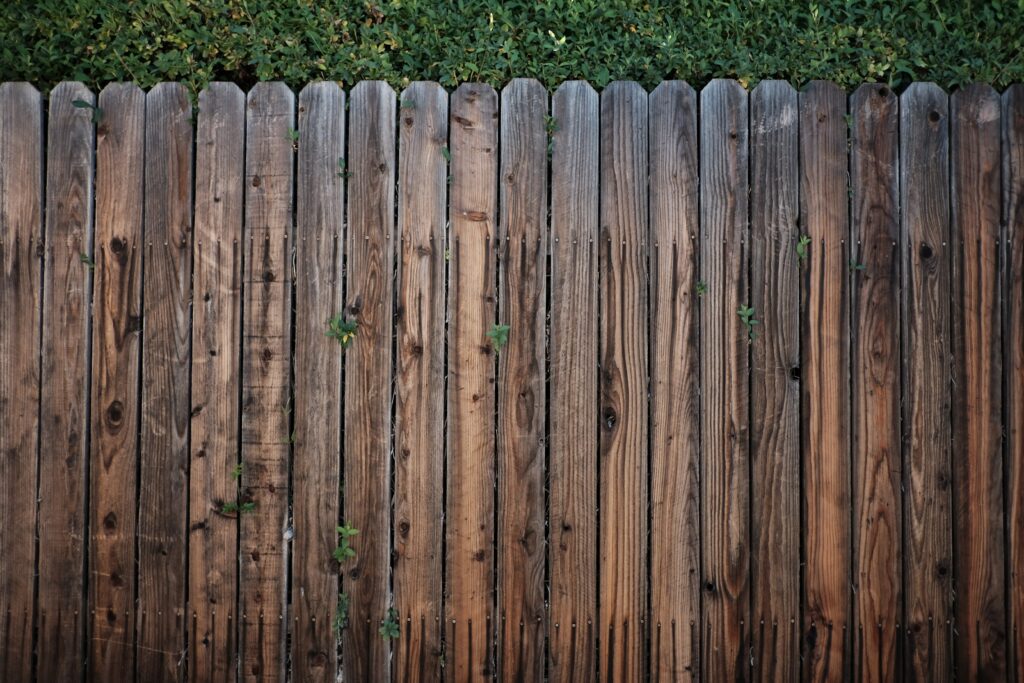
Be on the Alert for These Timber Fence Destroyers
As major providers for timber fencing since 1972, we have heard a lot of lamenting and “horror stories” about the demise of various timber fences. Luckily, we have been able to provide the combination of knowledge and high quality timber people need to build new fences that stand the test of time.
Here are the five elements most responsible for early demise of timber fencing.
The Wrong Materials and Design
As we will find out below, there are a lot of factors that can shorten the “shelf life” of your timber fence. But, by far, the most common and most preventable is cutting corners on materials and design. Your timber fence has to have the right timber, the right design and the right hardware to fasten it together.
For timber fencing in Brisbane or Sydney, you will need CCA treated hardwood for the posts and CCA treated hardwood or CCA treated pine for the palings and rails. CCA, or Copper Chromated Arsenic, conforms to Australian Standard 1604.1-2000. It protects timber from marine borers, termites, wood boring insects and decay fungi.
Posts for fencing up to 1200 mm high should be set at least 450 mm deep into the ground. For fencing between 1200-1800 mm, the posts should be set at least 600 mm deep. The minimum diameter for post holes should be 300 mm.
For fencing up to 1200 mm high, you can use two rails. If the fencing is between 1200-1800 mm high, you will need three rails. If your palings are 15 mm thick, your nails should be either 45 x 2.5 mm for gun nails or 50 x 2.8 mm for hand driven nails. All hardware should be made of hot dipped galvanised steel or stainless steel.
Poorly Executed Construction
Once you have the right materials and the right design, it is crucial to execute the build correctly. Don’t take any shortcuts. Make sure everything is done 100% correctly. If you can’t do this yourself, hire a professional to do it for you. Shortcuts usually end up costing a lot more time and money down the road.
Weather
We all know about the weather in Australia. It can be extremely hot and dry or it can be extremely rainy and humid. The extremes in our weather make it extremely important for you to “weatherproof” your timber fencing. Whether it’s water damage or splintering from the heat and sun, the weather can turn a beautiful timber fence into a relic a lot faster than you like.
Luckily, a good finish will protect your fence from the elements. There are plenty of choices between stain, timber oil and paint. Whatever you choose, always follow the instructions and recommendations provided by the manufacturer. It is a lot easier to repaint a fence than it is to find out it is beginning to rot and needs to be replaced a few years down the road.
Water
Besides rain, there are other sources of water that can ruin a fence or at least make it harder to keep maintained. If you irrigate your lawn, make sure the sprinkler doesn’t hit your fence. Also, make sure that your fencing isn’t in a “low spot” that can allow water to collect and “soak” your fence.
Fallen Branches
Keep all trees on your property properly maintained. If tree branches become too heavy or too old, a good storm can cause them to break and fall on your fence. Keep branches trimmed, especially those which overhang your fence.
Yard Debris
This can seem like a minor quibble, but it isn’t. The smallest debris can help cause or accelerate rotting in your fence if it becomes lodged between palings or between palings and posts. Cut any grass or plants that come in contact with your fence.
Call Narangba Timbers Today
At Narangba Timbers, we have the right materials and years of experience. Do it right the first time or don’t do it at all. Call us today on 1300 477 024.